Atomic torpedo and multipurpose submarines. 671 project
USS Tullibee (SSN-597) is a US Navy submarine, the smallest of US nuclear submarines (length 83,2 m, displacement 2300 t). Named in honor of tallibi, a freshwater fish from the salmon-like order that lives in central and northern North America. Initially, the crew of the boat was 7 officers and 60 sailors, by the time of the withdrawal from the fleet he reached 13 officers and 100 sailors.
If domestic torpedo submarines of the first generation (project 627, 627А and 645) were built to destroy enemy surface ships, then in 2 half of 1950 it became obvious that the USSR needed atomic submarines with an "anti-submarine" that can destroy missile submarine "potential enemy" in the position of probable use weapons, to ensure the deployment of its SSBNs (by countering surface and submarine forces that operate on anti-submarine lines) and to protect transports and ships from enemy submarines. Of course, the traditional for torpedo submarines did not remove the task of destroying surface ships of the enemy (mainly aircraft carriers), the implementation of mine settings, actions on communications, and the like.
Work on the study of the appearance of second-generation nuclear submarines in the USSR began in the late 1950-s. In accordance with the Government Decree 28 August 1958, the development of a unified steam generating plant began for new nuclear-powered ships. At about the same time, a second-generation submarine design competition was announced, in which leading design teams specializing in submarine shipbuilding - TsKB-18, SKB-112 Sudoproekt and SKB-143 participated. The greatest of those. Leningrad SKB-143 had a backlog, which, based on its own earlier initiative studies (1956-1958 years), carried out under the direction of Petrov, prepared those. proposal for missile (project 639) and torpedo (project 671) boats.
Distinctive features of these projects were improved hydrodynamics, which was worked out with the involvement of specialists from the TsAGI Moscow branch, the use of three-phase alternating current, single-shaft layout and increased diameter of the robust hull, providing 2's new, compact nuclear reactors that are unified for second generation nuclear ships. .
According to the results of the competition, SKB-143 was assigned the task of designing a torpedo submarine of the 671 project (the “Ruff” code) with a normal displacement of 2 thousand tons and a working depth of immersion to 300 meters. A distinctive feature of the new nuclear-powered submarine was to become high-power hydro-acoustics (for the first time, GAS parameters were specifically specified in the competition conditions).
If the first generation nuclear powered ships used the electric system of direct current (it was quite logical for diesel-electric submarines, where batteries were the main source of energy while moving submerged), then the second generation NPS decided to switch to three-phase alternating current. 3 November 1959 of the year was approved by the TTZ for a new nuclear-powered icebreaker, in March 1960 of the year they completed a preliminary design, and in December - a technical one.
The nuclear submarine of the 671 project was created under the direction of the chief designer Chernyshev (he had previously participated in the creation of boats of the 617, 627, 639 and 645 projects). Based on the fact that the main purpose of the new submarine was the destruction of American SSBNs in combat patrol areas of these vessels (that is, not under the ice of the Arctic, but on "clean water"), the customer, under pressure from the developer, refused the requirement to ensure surface flooding during any of the submarine compartments.
On the new submarine, as on nuclear-powered first generation, they decided to use a two-reactor power plant, which fully met the reliability requirements. They created a compact steam generating plant with high specific indices, which almost doubled the corresponding parameters of previous power plants.
The Commander-in-Chief of the Navy Gorshkov, "as an exception," agreed to use one propeller shaft on the 671-project submarine. This allowed to reduce noise and displacement. The transition to a single-channel scheme provided obtaining higher, underwater speeds, as compared with foreign analogues.
The use of a single-shaft scheme made it possible to place in the same compartment a turbo-gear unit, both autonomous turbo-generators and all related equipment. This ensured a reduction in the relative length of the submarine hull. The so-called Admiralty coefficient, which characterized the efficiency of using the power of the ship’s propulsion system, was approximately twice as high as that of the 627 nuclear-powered icebreaker and actually became equal to that of the American submarine Skipjack. To create a durable case, it was decided to use AK-29 steel. This allowed to increase the maximum depth of immersion.
In contrast to the first generation nuclear submarines, it was decided to equip the new ship with autonomous turbo-generators (and not hung on the main turbo-gear unit), which increased the reliability of the electric power system.
Torpedo tubes, according to the initial design studies, were planned to be shifted to the center of the vessel, as on American Trescher nuclear submarines, placing them at an angle to the center plane of the nuclear-powered ship. However, it later emerged that with this arrangement, the speed of the submarine at the time of torpedo fire should not exceed 11 nodes (this was unacceptable for tactical reasons: unlike the Thresher-type submarines of American production, the Soviet submarine was designed to destroy not only submarines, but also large surface ships of the enemy). In addition, when using the "American" layout seriously complicated work on loading torpedoes, and the replenishment of ammunition in the sea became completely impossible. As a result, torpedo tubes were installed above the GAS antenna in the fore part of the 671 submarine.
In 1960, the Leningrad Admiralteysky Plant began preparations for the construction of a series of new torpedo submarines. The act of accepting the 671 project headboard K-38 into the Soviet Navy (the submarine received the 600 serial number) was signed on November 5 by the head of the government commission Hero of the Soviet Union Schedrin. In Leningrad, 1967 nuclear powered ships of this type were produced. Three submarines (K-14, -314 and -454) completed the modified project. The main difference between these ships was to equip not only with traditional torpedoes, but also with the Vyuga rocket-torpedo complex, which the 469 of August 4 of the year adopted. Rocket-torpedo ensured the destruction of coastal, surface and submarine targets at ranges from 1969 to 10 thousand m nuclear charge. Standard 40 mm torpedo tubes from depths up to 533 meters were used for launch.
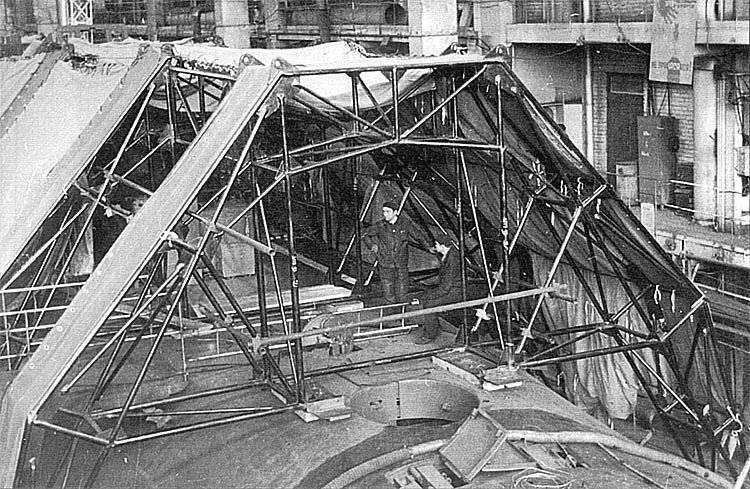
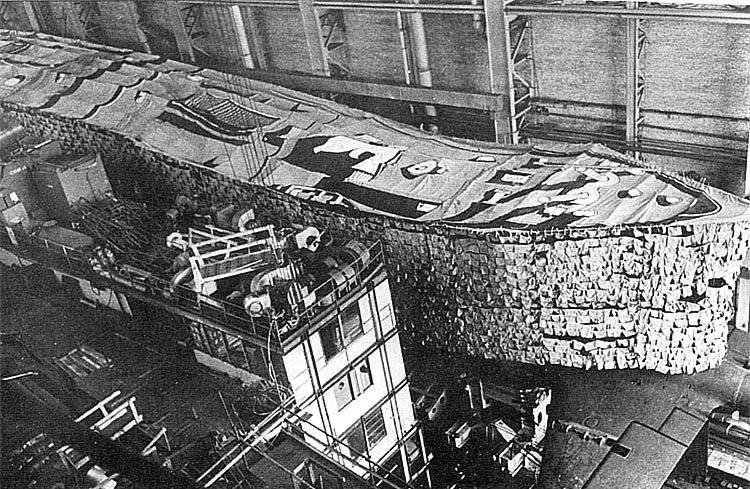
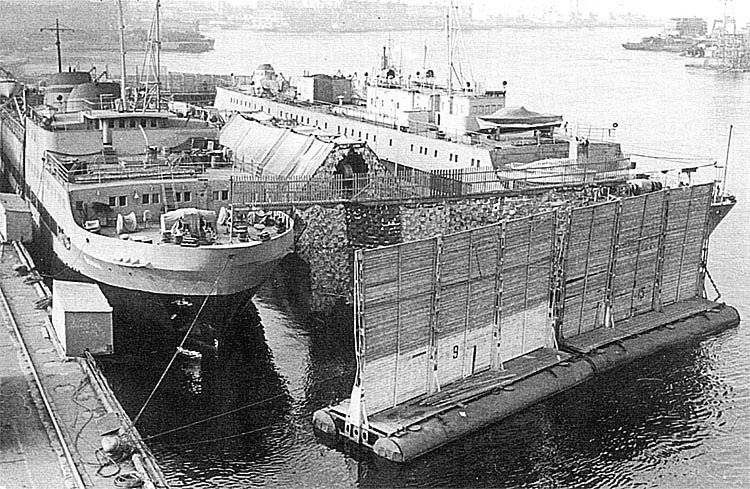
Production of the 671 submarine of the project: K-38 was laid 12.04.63, launched 28.07.66 and entered into operation 05.11.67; K-369 was laid by 31.01.64, 22.12.67 was launched and 06.11.68 was commissioned; K-147 was laid 16.09.64, launched 17.06.68, entered into operation 25.12.68; K-53 was laid 16.12.64, launched 15.03.69, entered into operation 30.09.69; K-306 was laid 20.03.68, launched 04.06.69, entered into operation 04.12.69; K-323 "50 years of the USSR" was laid 05.07.68, launched 14.03.70, entered into operation 29.10.70; K-370 was laid 19.04.69, launched 26.06.70, entered into operation 04.12.70; K-438 was laid 13.06.69, launched 23.03.71, entered into operation 15.10.71; K-367 was laid 14.04.70, launched 02.07.71, entered into operation 05.12.71; K-314 was laid 05.09.70, launched 28.03.72, entered into operation 06.11.72; K-398 was laid 22.04.71, launched 02.08.72, entered into operation 15.12.72; K-454 was laid 16.08.72, launched 05.05.73, entered into operation 30.09.73; K-462 was laid 03.07.72, launched 01.09.73, entered into operation 30.12.73; K-469 was laid 05.09.73, launched 10.06.74, entered into operation 30.09.74; K-481 was laid 27.09.73, launched 08.09.74, entered into operation 27.12.74.
The double-hull submarine with the characteristic “limousine” fence of the withdrawable devices had a robust body made of high-strength sheet steel AK-29 35 millimeters thick. Internal flat bulkheads must withstand pressures up to 10 kgf / cm2. The hull of the submarine was divided into 7 waterproof compartments:
The first - battery, torpedo and residential;
The second - provisional and auxiliary mechanisms, the central post;
The third - reactor;
Fourth - turbine (autonomous turbine units were placed in it);
The fifth, electrical, served to house auxiliary mechanisms (the sanblock was in it);
Sixth - diesel generator, residential;
The seventh is the helmsman (the galley and the rowing motors are located here).
The design of the light body, horizontal and vertical tail, the nose of the superstructure was made of low-magnetic steel. The fencing of the sliding devices, the aft and middle parts of the superstructure were made of aluminum alloy, and the rudders and large-sized radomes of the GAK antenna were made of titanium alloys. For the submarine 671-th project (as well as further modifications of the submarine) was characterized by careful decoration of the outer hull contours.
The ballast tanks had a Kingston (and not a scupper, as on previous Soviet submarines of post-war projects) design.
The ship was equipped with air purification and air conditioning systems, fluorescent lighting, and a more comfortable (compared to the first generation nuclear submarines) layout of cockpits and cabins, modern sanitary facilities.
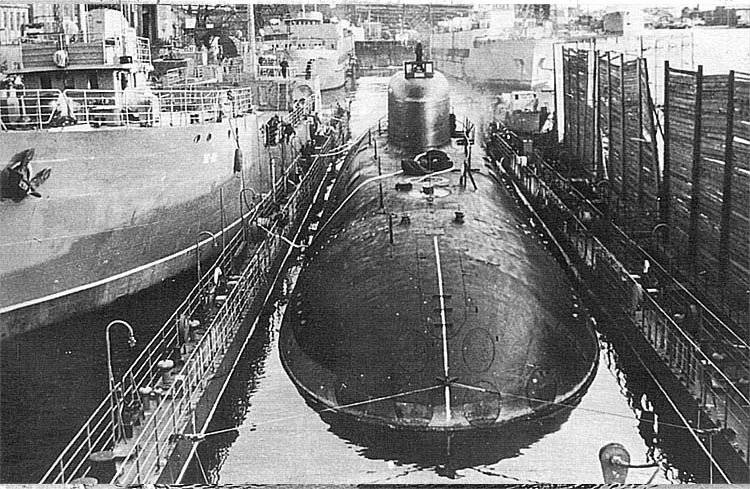
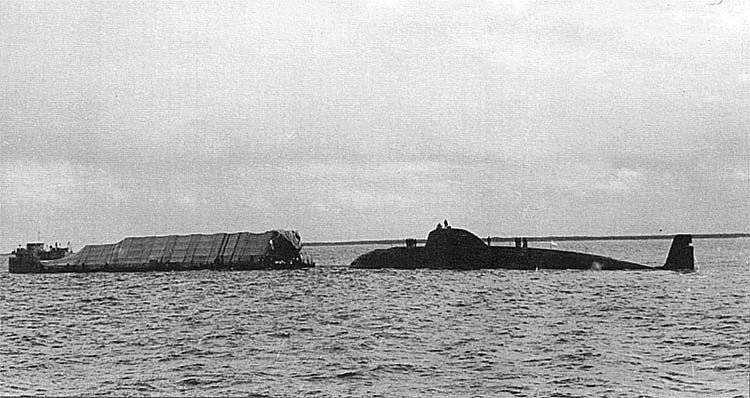
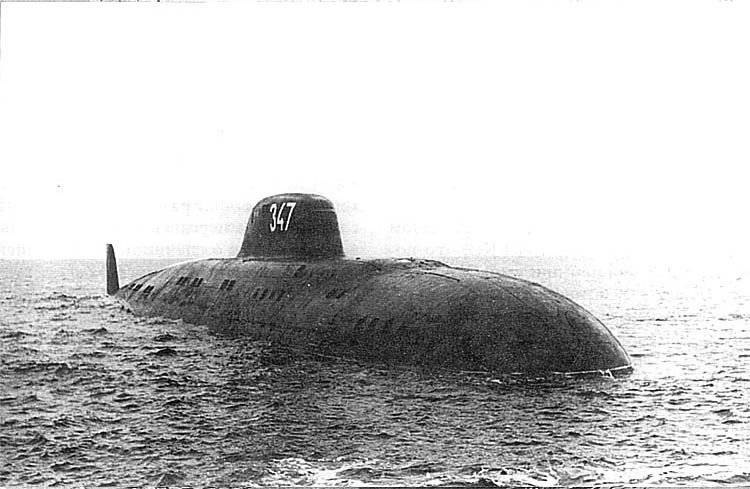
The main power plant of the nuclear submarine 671 of the project (nominal power was 31 thousand hp) included two steam-generating units OK-300 (thermal power of the VM-4 water reactor was 72 mW and 4 of the PG-4 steam generator), for each side autonomous . The reactor core recharge cycle is eight years.
Compared to first-generation reactors, the layout of second-generation nuclear power plants has changed significantly. The reactor has become more "dense" and compact. They implemented the “pipe in pipe” scheme and made “hanging” on the steam generators of the primary circuit pumps. The number of large-diameter pipelines that connected the main elements of the installation (volume compensators, primary circuit filter, etc.) was reduced. Almost all the pipelines of the primary circuit (large and small diameter) were placed in uninhabited premises and closed with biological protection. The instrumentation and automation systems of a nuclear power plant have changed significantly. The number of remote controlled valves (valves, valves, dampers, etc.) has increased.
The steam turbine unit consisted of the main turbo-gear unit GTZA-615 and two autonomous turbine generators OK-2 (the latter ensured the generation of alternating current 50 Hz, 380 B, included a turbine and a generator whose power was 2 thousand kW).
The reserve means of movement were two electric motors of direct current PG-137 (each with a power 275 hp). Each motor was driven into rotation a two-bladed propeller having a small diameter. There were two batteries and two diesel generators (400 V, 50 Hz, 200 kW). All main devices and mechanisms had remote and automated control.
When designing the submarine 671-th project some attention was paid to reducing the noise of the vessel. In particular, a hydroacoustic rubber coating was used for a lightweight body, the number of scuppers decreased. Acoustic visibility submarines compared with the first generation of vessels decreased by about five times.
The submarine was equipped with the Sigma all-latitude complex, the MT-70 television monitoring system for the ice and the general environment, which, under favorable conditions, was capable of providing species information at depths up to 50 meters.
But the main information tool of the vessel was the sonar complex MGK-300 "Rubin", developed by the Central Research Institute "Morphyspribor" (head - chief designer NN Sviridov). The maximum target detection range is about 50-60 thousand meters. It consisted of a nasal low-frequency sonar emitter, a high-frequency antenna of the MG-509 “Radian” sonar mine detection system, located in the front part of the fence of sliding devices, sonar alarms, underwater communication stations, and other elements. "Ruby" provided a circular view, distance measurement using the echolocation method, independent automatic determination of the course angles of the target and its tracking, as well as the detection of enemy hydroacoustic active assets.
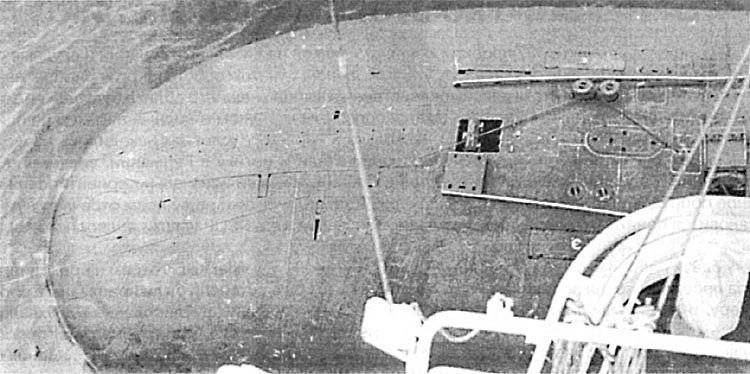
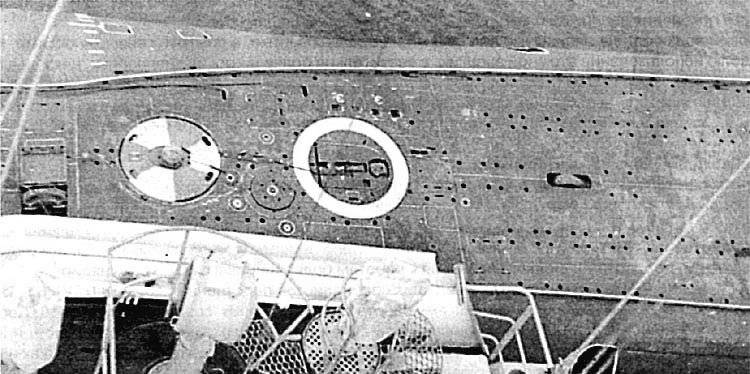
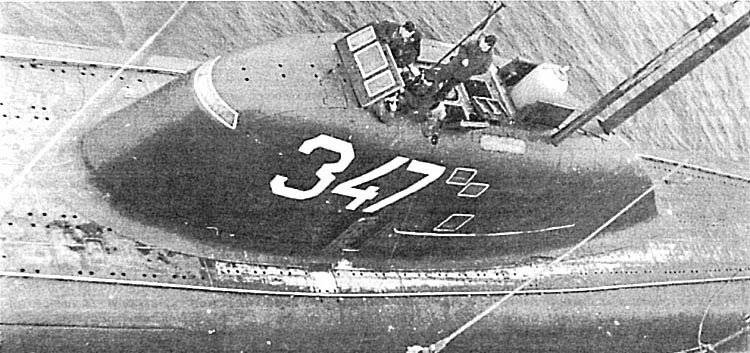
After 76, during the modernization, on most submarines of the 671GAK “Rubin” project, the more sophisticated Rubicon complex with an infrasonic radiator with a maximum detection range of more than 200 KM was replaced with some modern MG-509. -519.
Retractable devices - periscope ПЗНС-10, radio recognition system antenna MRP-10, having a transponder, the Albatross radar complex, the Veil direction finder, the Willow and Anis radio communication antennas or VAN-M, as well as the control panel. There were sockets for removable antennas, which were installed in the course of solving specific problems.
On board the submarine installed navigation system, which provided the number of paths and course guidance.
The armament of the ship - six torpedo tubes of caliber 533 mm, providing shooting at a depth of 250 meters.
The torpedo complex was located in the upper third of the first compartment. Torpedo tubes were placed horizontally in two rows. In the median plane of the submarine, above the first row of torpedo tubes, there was a torpedo loading hatch. Everything happened remotely: the torpedoes were placed in the compartment, moved along it, loaded into vehicles, lowered with the help of hydraulic drives on the racks.
The torpedo shooting control was provided by the Brest-671 ITU.
The ammunition consisted of 18 mines and torpedoes (53-65k, SET-65, PMR-1, TEST-71, P-1). Download options were chosen depending on the problem to be solved. The setting of mines could be performed at speeds up to 6 nodes.
Technical characteristics of the nuclear submarine project 671:
Maximum length - 92,5 m;
Width is greatest - 10,6 m;
Normal displacement - 4250 m3;
Full displacement - 6085 m3;
Reserve buoyancy - 32,1%
Extreme depth of immersion - 400 m;
Immersion depth - 320 m;
Maximum submerged speed - 33,5 nodes;
Surface speed - 11,5 nodes;
Autonomy - 60 days;
Crew - 76 man.
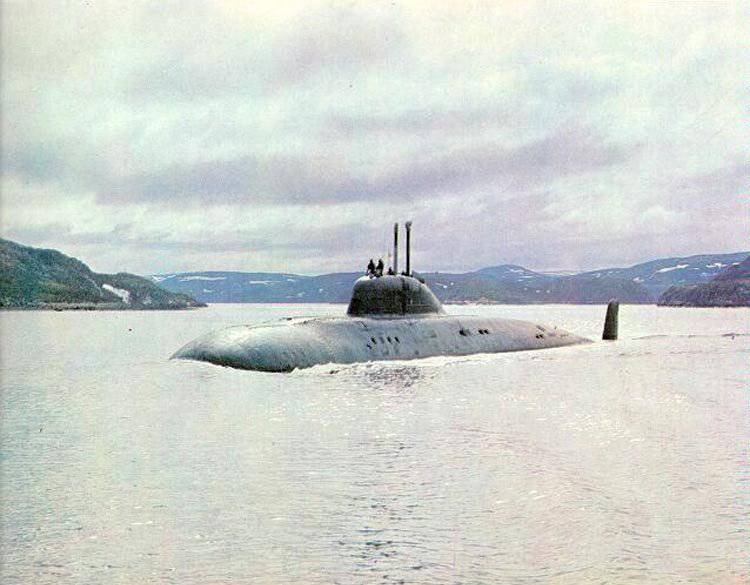
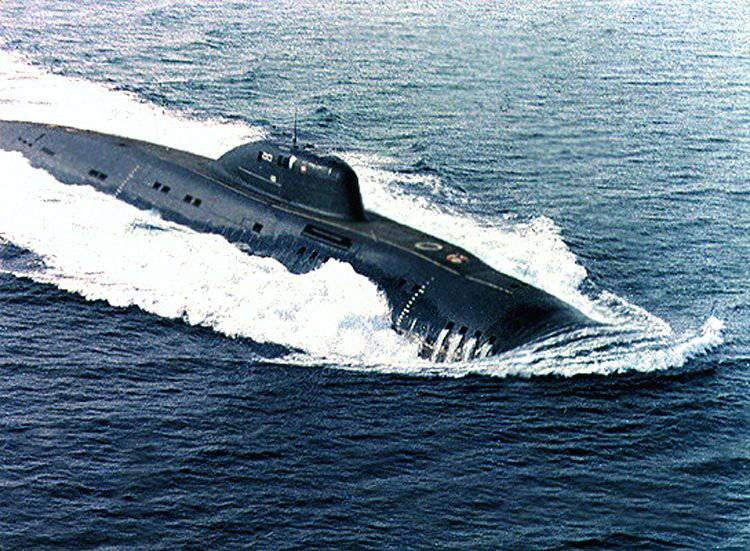
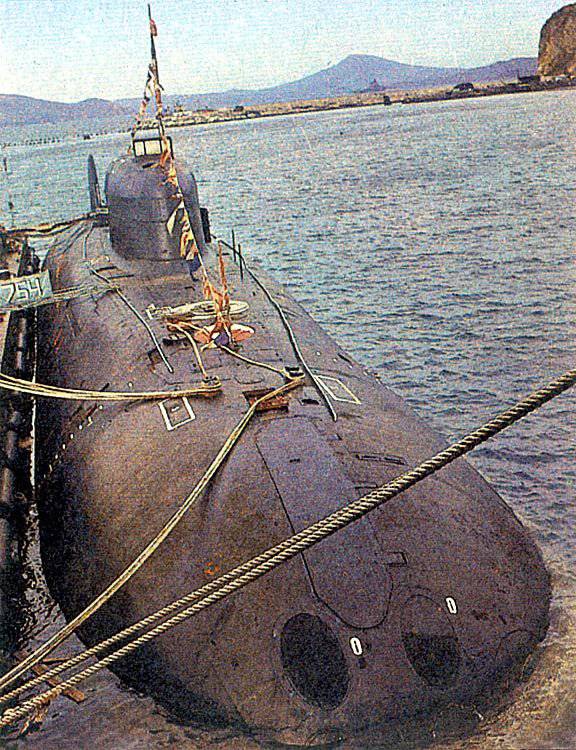
The Soviet submarine compared to the most modern US analogue - the Sturge SSN 637 nuclear submarine (3 March 1967, the lead ship of the series entered operation) had a great submarine speed (American - 29, Soviet - 33,5 node), comparable ammunition and great depth . At the same time, the American nuclear submarine had less noise and had more advanced sonar equipment that provided better search capabilities. Soviet submariners believed that "if the detection range of an American boat is 100 km, then ours is only 10." Probably, this statement was exaggerated, but the problems of stealth, as well as increasing the range of detection of enemy ships on submarines of the 671 project, were not fully resolved.
The K-38 — the lead ship of the 671 project — was incorporated into the Northern Fleet. The first commander of the submarine was the captain of the second rank Chernov. During the tests, the new submarine developed the maximum short-term submarine speed - 34,5 knots., Thus becoming the fastest submarine in the world (for that time). Before 74, the Northern Fleet also received 11 of the same type nuclear-powered ships, which were initially based in West Face Bay. From 81 to 83, they were relocated to Gremikha. In the West, these vessels received the code name Victor (later - Victor-1).
Very photogenic, elegant “Victorians” had a rather eventful biography. These submarines were found in almost all oceans and seas, where the Soviet fleet carried out combat service. At the same time nuclear submarines demonstrated rather high combat and search capabilities. For example, in the Mediterranean “autonomy” lasted not 60 days, but almost 90. There is a case when the navigator K-367 in the journal made the following entry: “they determined the place of the vessel by the return of the anchor on the aircraft carrier Nimitz, which was moored in the port of Naples. At the same time, the nuclear submarine did not enter the Italian territorial waters, however, it monitored the US Navy ship. ”
In 79, at the next aggravation of the American-Soviet relations, the nuclear submarines K-481 and K-38 carried out combat service in the Persian Gulf. At the same time, about the 50 ships of the US Navy were located. The conditions for swimming were extremely difficult (at the surface the water temperature reached 40 °). The participant of the campaign Shportko (commander of K-481) in his memoirs wrote that in the power compartments of the ships the air was heated to 70 grauses, and in the residential ones - to 50. Air conditioners had to work at full capacity, but the equipment (which was designed for use in northern latitudes) could not cope: the refrigeration units started to function normally only at a depth of 60 meters, where the water temperature was about 15 degrees.
Each boat had two interchangeable crews, which were located at the Berezina floating base, which was stationed near Socotra Island or in the Gulf of Aden. The duration of the hike was about six months and in general, it was very successful. A.N. Shortyko believed that the Soviet nuclear submarines in the Persian Gulf acted quite secretly: if the American naval forces were able to quickly detect Soviet vessels, then they could not properly classify them and organize prosecution. Subsequently, the intelligence data confirmed these findings. At the same time, tracking the US Navy ships was carried out at a range of missile-torpedo and rocket weapons: upon receipt of the appropriate order, they would be sent to the bottom with almost 100% probability.
K-38 and K-323 submarines in September-October 71 of the year made an ice-free autonomous campaign in the Arctic. In January, 74 began a unique transition from the Northern to the Pacific Fleet (lasting 107 days) of two nuclear powered ships of the 670 and 671 projects under the command of captains of the second rank Haitarov and Gontarev. The route passed through the Atlantic, Indian, Pacific Oceans. After the ships passed the Faro-Icelandic anti-submarine line, they moved in a tactical group (one ship at a depth of 150 meters, the other - 100 meters). This was actually the first experience of such a long-term pursuit of nuclear submarines as part of a tactical group.
Submarines 10-25 March made an entry into the Somali port of Berbera, where the crews of the ships received a short rest. March 29, during combat service, the submarine had short-term contact with the US anti-submarine anti-submarine ships. It was possible to break away from them, having gone to a considerable depth. After the end of combat service in a given area of the Indian Ocean, on April 13, the submarines headed to the Strait of Malacca, leading by the support ship Bashkiria, on the surface.
The temperature of the outboard water during the transition reached 28 degrees. Air conditioning systems with the maintenance of the necessary microclimate could not cope: in the boat compartments, the air temperature rose to 70 degrees with a relative humidity of 90%. Behind a detachment of Soviet ships carried out almost continuous tracking of the base patrol aircraft Lockheed R-3 "Orion" of the US Navy, which were based on the atoll Diego Garcia.
The American “guardianship” in the Strait of Malacca (ships entered the 17 Strait of April) became more dense: a large number of anti-submarine helicopters joined the patrol aircraft. On board the 671 submarine of the 20 project in April, one of the Rubin GAS nodes caught fire. The reason was the increased humidity. But the fire efforts of the crew quickly eliminated. On April 25, the ships passed the pouring zone, and went into deep water, looking up from observation. On May 6, the nuclear ship Gontareva entered Avacha Bay. The second icebreaker joined her the next day.
In January, the 76 of the strategic missile cruiser K-171, and the nuclear submarine K-469, which served as a guard, made the transition from the North to the Pacific Fleet. Ships across the Atlantic went to 18 cable removal. Drake Strait was covered at various depths. Constant communication was maintained by the RFP. After crossing the equator, the vessels diverged and in March arrived in Kamchatka, each passed its own route. For 80 days, the submarines passed 21754 miles, while the K-469 for the entire transition only once rose to the periscope depth (in the Antarctic region).
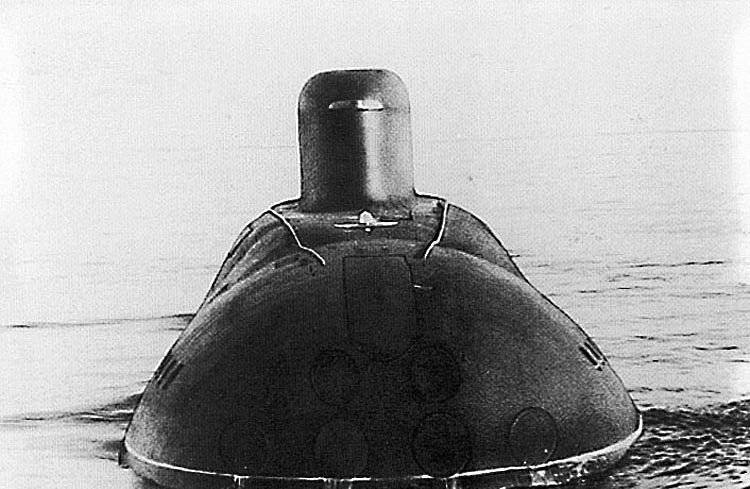
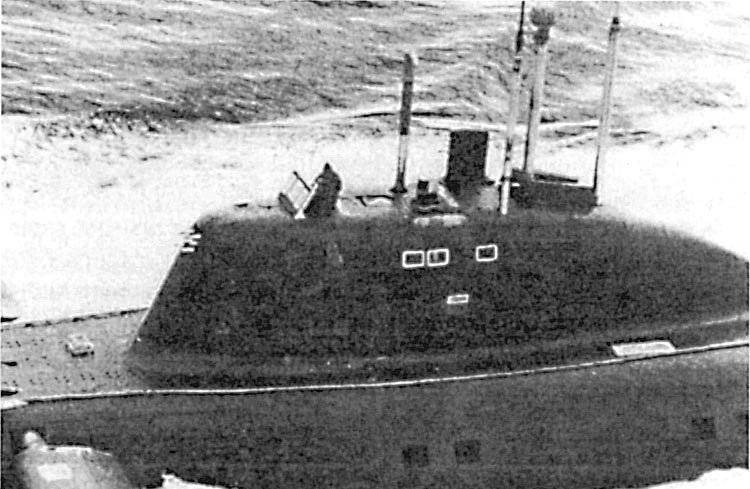
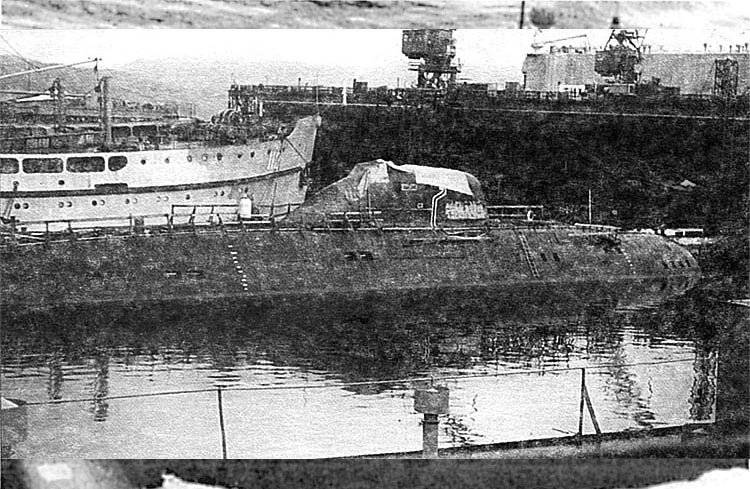
Submarine K-147, equipped with the latest and unparalleled tracking system for nuclear submarines in the wake wake, in the period from 29 May to 1 in July 85 of the year under the command of captain second rank Nikitin participated in the exercises of the submarine of the Aport SF, during which was carried out continuous six-day tracking of the “Simon Bolivar” SSBN of the US Navy, using non-acoustic and acoustic means.
In March, the 1984 of the year with a submarine K-314 under the command of the captain of the first rank Evseenko occurred a very dramatic incident. Together with Vladivostok BOD, tracking the strike force of the US Navy as part of the aircraft carrier Kitty Hawk and 7 escort ships that maneuvered in the Sea of Japan, 21 in March, a Soviet submarine, ascent to clarify the surface situation, proportional to the bottom of the aircraft carrier throughout 40 meters . As a result, the maneuvers of the US Navy were curtailed and the Kitty Hawk, losing fuel oil through the hole, went to the Japanese dock. At the same time, the Soviet nuclear-powered vessel, which had lost its propeller, proceeded in tow to Chazhma Bay. It was repaired there.
In the American press, this event caused a negative response. Journalists who specialized in naval issues noted the weakness of AUG security. It is this that allowed the “potential enemy” submarines to surface directly below the keel of an aircraft carrier. 14 March 89 th year wrote off the first boat of the project 671 - K-314, which was part of the TF. In 93-96, the rest of the submarines of this type left the fleet combat. However, the utilization of ships was delayed. To date, most courts are in sludge, waiting for their fate for years.
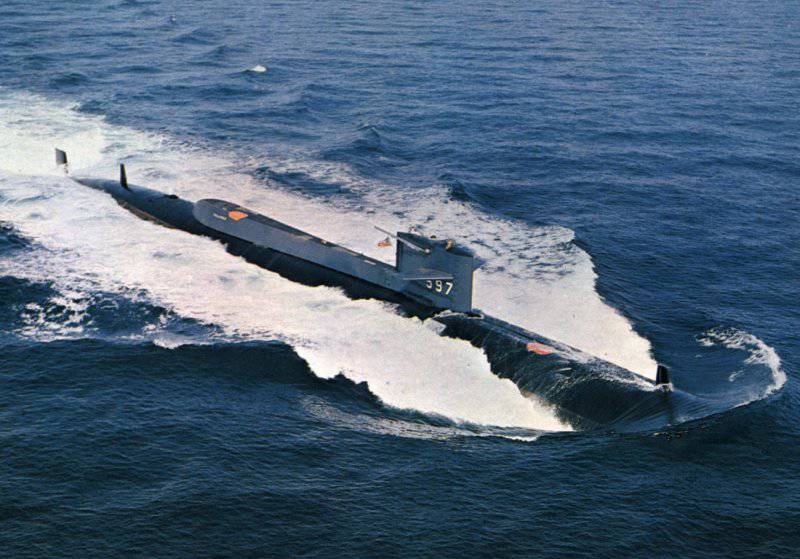
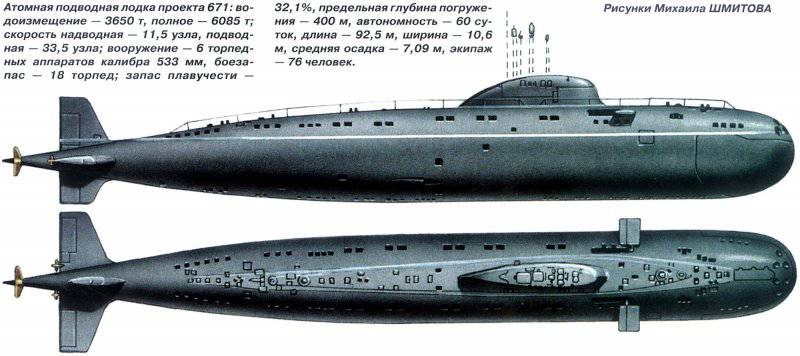
Information